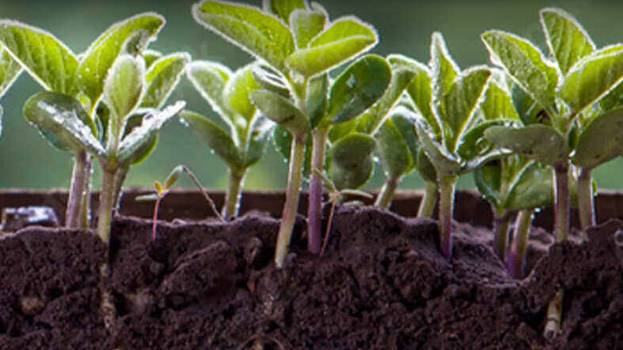How South American Agriculture Is Adapting to Climate Change
Editor’s note: Diálogo Chino recently looked at success stories in Latin American agriculture that incorporate infrastructure, tech and new ways of working. Here’s a snippet of that piece by Jorgelina Hiba:
“We’ve had some very complicated years, with very strong storms that break everything, plus droughts that don’t allow us to plant anything,” says Sandra Cruz, who has been a horticultural producer for more than 20 years in La Plata, Argentina.
Rising temperatures, more frequent extreme events and changes in rainfall patterns are some of the effects the climate crisis is having on Latin America, a region that accounts for 14% of the world’s food production and whose agriculture is facing the challenge of adaptation.
The effects of extreme weather are already visible. According to the World Meteorological Organisation, Latin America is one of the world regions “most challenged” by extreme weather events, which are already causing “loss of or damage to vital infrastructures… water and energy-related shortages, displacement, and compromised population safety, health and livelihoods”.
Faced with these changes, moving towards more resilient farming systems is key. Across the region, a number of pilot initiatives by small farmers and large-scale producers have already demonstrated their effectiveness in changing conditions, and the number continues to grow. Specialists, meanwhile, are also calling for public policies that enhance structural changes.
Concrete Actions and Success Stories
One adaptation project of note is Resilient Food, an initiative that focuses on small-scale, family-run farms for food production in regions vulnerable to climate change in Argentina and Colombia. It is funded by the European Union.
Read more at Diálogo Chino.





